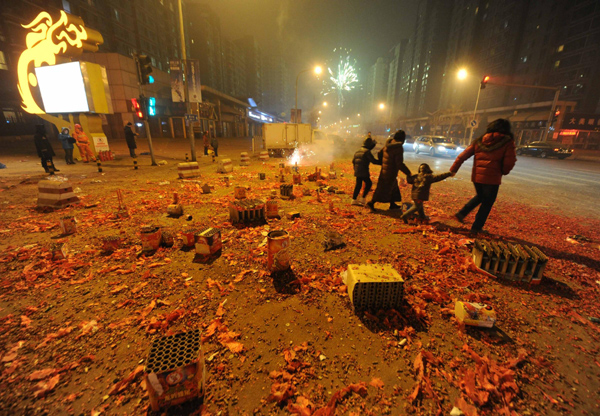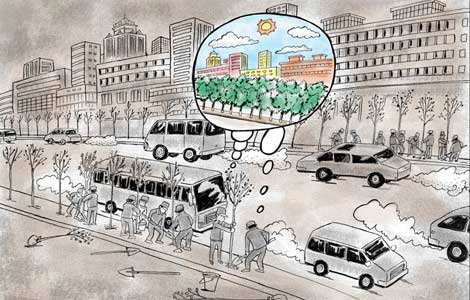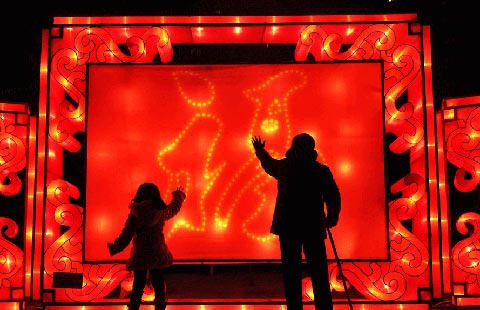Beijing govt criticized for ongoing smog
Updated: 2014-02-17 10:50
(Xinhua)
|
|||||||||||
|
 |
|
People leave after playing fireworks in Beijing on Feb 14, 2014. [Photo/Xinhua] |
However, the government has not initiated the emergency response once since the program came into effect on October 22, 2013, although the public has on several occasions complained of smog heavy enough to warrant a government response.
The government issued a blue alert for air pollution late on Saturday.
The city has a four-tier alert system, using blue, yellow, orange and red to indicate the air pollution level in order of increasing severity.
A red alert indicates the most serious air pollution, or Level 6 pollution, for three consecutive days. An orange alert indicates heavy to serious air pollution, or Level 5 to Level 6, alternately for three consecutive days.
The latest round of smog started on Friday, which marked both the traditional Chinese Lantern Festival and Valentine's Day. Holiday fireworks brought the air quality index (AQI) from more than 300 in the morning to 500 in the evening.
Residents questioned the lack of government action over the matter, believing authorities should have banned fireworks.
Wang Yuesi, a researcher with the Institute of Atmospheric Physics of the Chinese Academy of Sciences, said orange and red alerts required action by the public, such as cutting traffic, and government authorities were reluctant to issue the response as smog for three consecutive days is difficult to forecast accurately.
"Environmental authorities lacked preparation in responding to smog for both technical reasons and management reasons. All they hope is that continuous smoggy days like this never come," Wang said.
He also said the response would be useless even if traffic were cut and the plants suspended, because smog is not strictly a Beijing problem, but a common issue faced by a much larger region, including Beijing and Tianjin municipalities and the nearby provinces of Hebei, Shandong and Henan.
Wang's research last year found hazardous heavy metals in the air over Beijing came from ferrous metal smelting and coal burning in the Beijing-Tianjin-Hebei area.
On Sept 18, the Ministry of Environmental Protection and governments of Beijing, Hebei, Inner Mongolia, Shandong, Shanxi and Tianjin signed an agreement on pollution. The Ministry of Finance announced in October a 5 billion yuan ($824 million) reward for air pollution reduction.
Related Stories
Precipitation expected to clear up smog-filled skies 2014-02-17 08:56
Firework revelry aggravates Beijing smog 2014-02-15 16:56
Smog, fireworks blanket Lantern Festival sky 2014-02-15 08:41
Bid may clear smog: Officials 2014-02-09 08:39
Today's Top News
Germany, France eye new data network
No much progress in Syria peace talks
Lantern Festival fires kill 6 in China
China urges US to respect history
KMT leader to visit mainland
11 terrorists dead in Xinjiang
Illegal detention reports probed
4 die in Austrian train-car crash
Hot Topics
Lunar probe , China growth forecasts, Emission rules get tougher, China seen through 'colored lens', International board,
Editor's Picks

|

|

|

|

|

|





